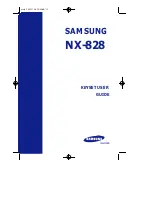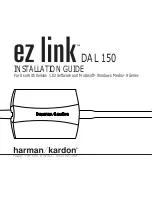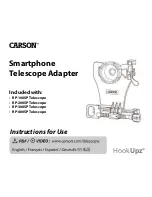
PDF: 4749051511/Source:7788125767
Aptina reserves the right to change products or specifications without notice.
MT9T111_DG - Rev. B 9/10 EN
115
©2007 Aptina Imaging Corporation. All rights reserved.
MT9T111: Developer Guide
Development Tool Overview
Preliminary
Development Tool Overview
Figure 57 shows the general development flow for the MT9T111. The MT9T111 provides
the following development software and hardware tools:
• DevWare: PC-based GUI development tool
• Register Wizard: Initial timing settings and calculator
• Demo2 board: Common demo board platform to interface between PC and various
sensor boards including customer boards
• Head board: Sensor board (MT9T111)
There are three major steps for calibration and tuning for the MT9T111.
1. Timing calculation: The user can provide the clock, frame rate, output size, and so
forth. to the Register Wizard. Register Wizard generates initial power-on file for pow-
ering-up the sensor.
2. Len Shading Correction (LC): The user can obtain the PGA coefficients for the particu-
lar lens. DevWare provides easy lens calibration through a GUI.
3. Color tuning: The user can also obtain CCM (color correction matrix) and tune for
auto white balance using DevWare.
The following sections provide more details on each of these three calibration and
tuning processes.
Figure 57:
Development Tool Overview
Target Frame Rate
Input Clock
Skipping
Output Size
Minimum LIne/Frame length
Register and Variable
address and bit fields
Default values
Example: Gamma, AE
Register
Wizard
(Timing
Calculator)
PLL Settings (SYSCTL)
Integration time (Core)
LIne/Frame length (Core)
Flicker Settings
DevWare
(GUI Development Tool)
Two-wire
serial
interface
over USB
.SDAT File
Input
Output
.INI File
.LSC (PGA)
.CCM (AWB)
.INI File
Head
Board
Demo2
Board
Customer
Module
Tuning
and
Calibration
















































